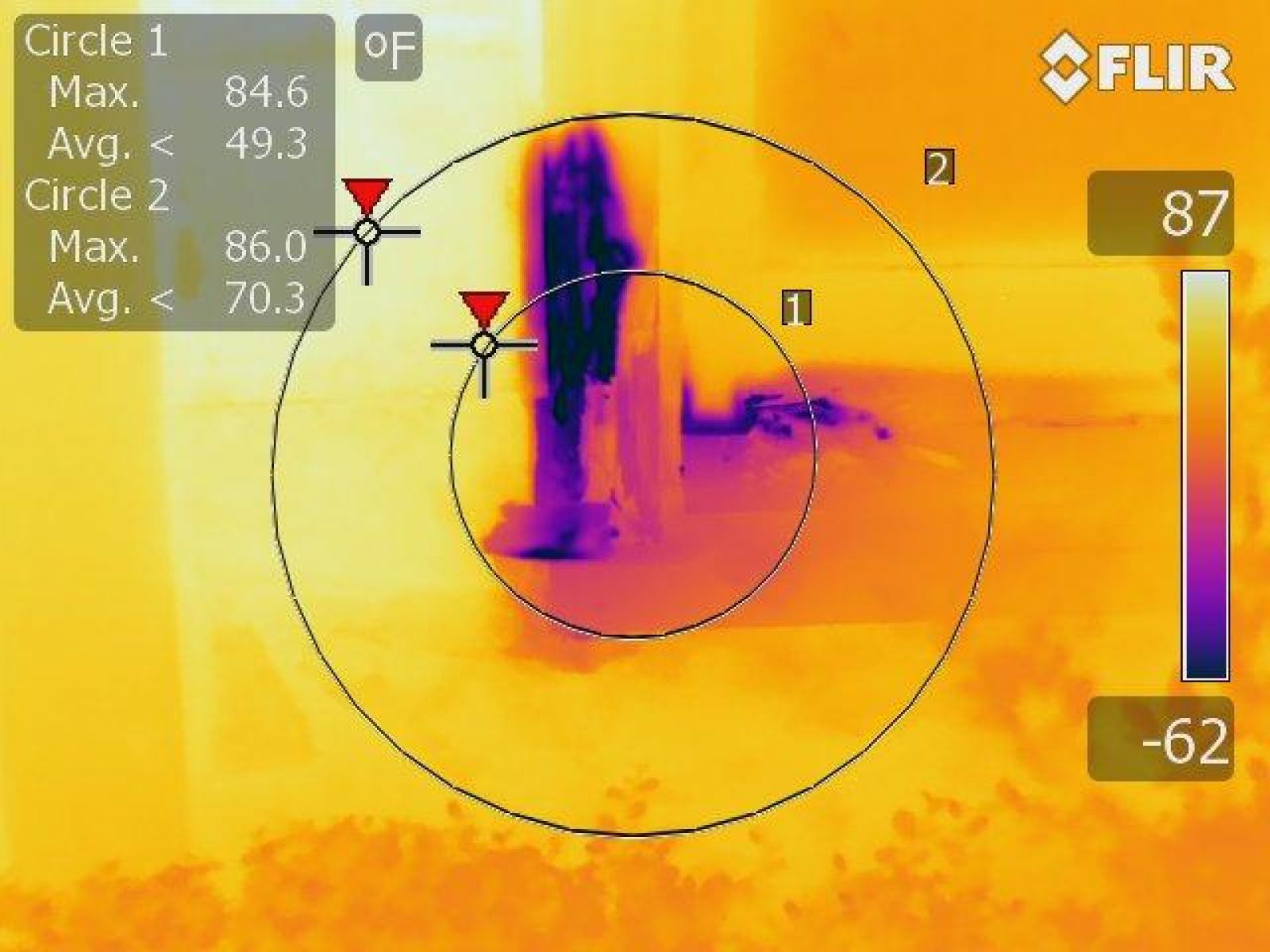
Technological advancements have propelled the pest control industry to new heights. More efficient detection methods allow technicians to identify source problems sooner, thus minimizing the damage dealt to residential and commercial properties. Conventional methods rely on the piecing together of various evidence (e.g. animal droppings, chewed surfaces, wood rot, etc.) and are more prone to human error. One of the newest tools to most pest control companies' arsenals is infrared technology.
The Benefits of Thermal Imaging
Thermal imaging cameras are frequently used to inspect for termite colonies due to their extraordinary ability to hide. These bugs can fit inside openings as small as 1/16 of an inch, the standard width of exterior stucco and siding gaps. Carpenter bees are yet another pest that burrow their way into building structures via tiny holes, which, on the surface, are invisible to the naked eye.Before infrared technology was introduced to the field, these pests were only identified after they became a threat to the building itself. Now an experienced thermographer can perform a detailed inspection in a fraction of the time. Consequently, the pictures taken allow the technician to identify the building's prime trouble spots more efficiently. The importance of reduced inspection times cannot be stressed enough.
Aside from the direct cost savings passed onto the customer (fewer field hours means lower service charges), the time saved could potentially prevent thousands of dollars in pest damage. Termite infestations are a nightmare for home and business owners and every minute wasted translates to greater structural issues.Comprehensive pre- and post-IR images give pest control companies the data they need to respond appropriately. Traditional detection methods are not only time-consuming, but also invasive. Identifying a termite colony in the past sometimes meant boring into the affected surfaces, which very well could have contributed to the issue in some cases.Enhanced communication between the contractor and customer is another major benefit of thermal imaging technology. Clients can see the damage firsthand and are provided evidence of how and why the pest control company had to take the measures they did to remedy the problem. Transparency is crucial for all aspects of pest detection and inspection, and infrared technology has helped homeowners and businesses immensely on this front!




